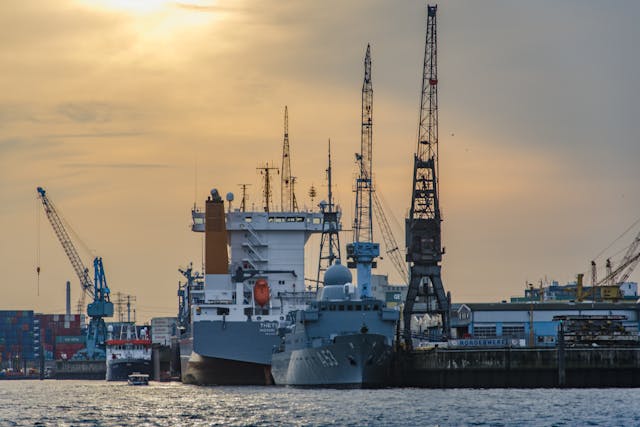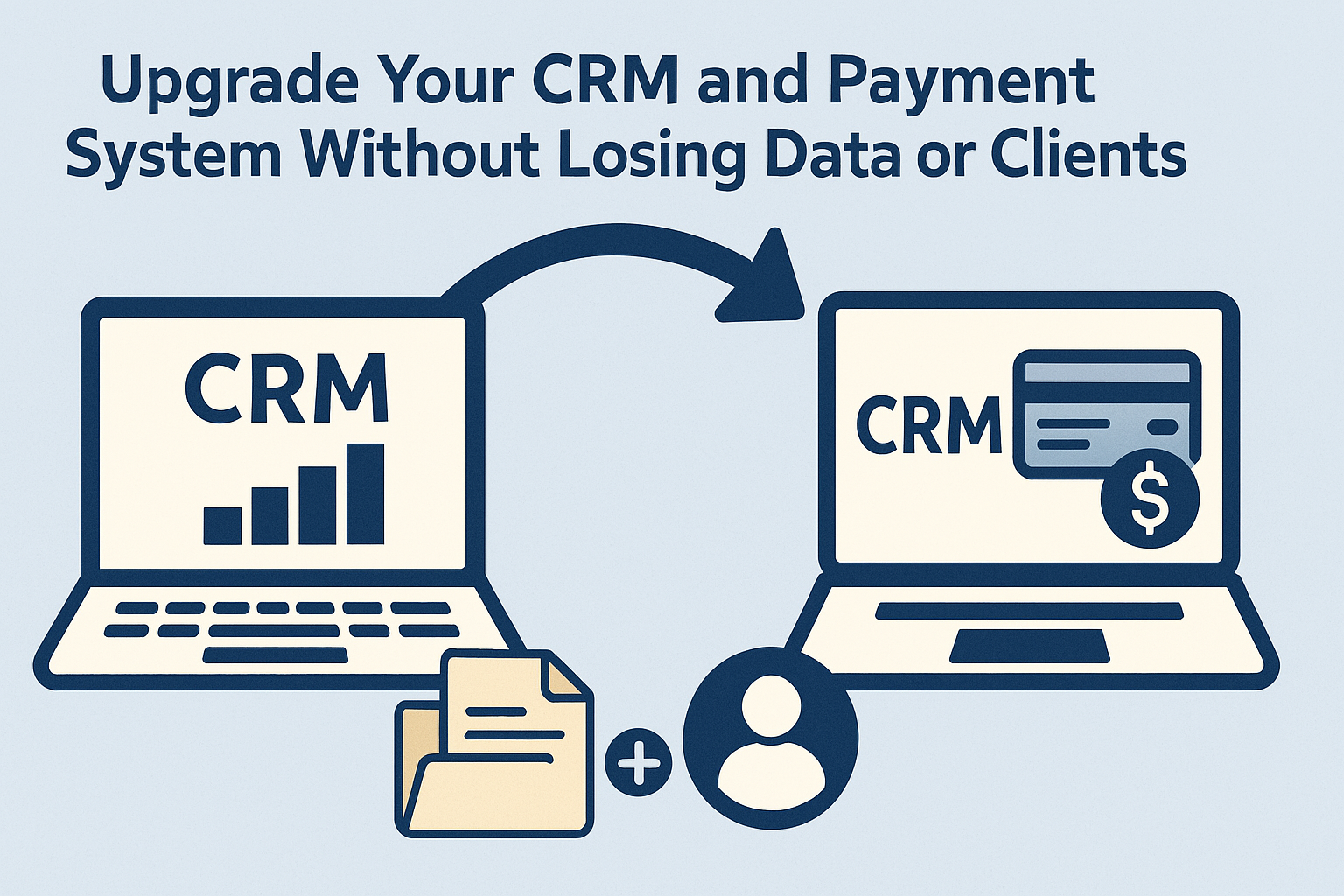Leveraging AI for Cost Reduction in Maritime Operations
Looking for ways to reduce operational expenses in your shipping enterprise?
AI technologies have transformed shipping companies’ approach to managing route planning and maintenance scheduling operations. The expanding complexity of maritime operations creates opportunities for artificial intelligence to deliver impactful solutions.
- Significant fuel savings
- Reduced maintenance costs
- Optimized crew management
- Minimized detention and demurrage fees
Here’s the reality:
The maritime sector must reduce operational expenses but continue to uphold safety and follow all regulations. To remain competitive in this difficult environment companies need to integrate AI solutions into their operations.
Without AI optimization, you’re leaving money on the table.
The article explains how AI changes cost structures in maritime operations and provides guidance on using these technologies to increase your company’s profitability.
Let’s dive in!
Key Features You’ll Discover
- Why Maritime Operations Need AI-Powered Cost Reduction
- Top AI Applications for Maritime Cost Savings
- Implementation Strategies for AI Maritime Tools
- Measuring ROI on Maritime AI Investments
Why Maritime Operations Need AI-Powered Cost Reduction
The particular cost issues faced by maritime operations create valuable opportunities for AI implementation. Now let’s explore why AI has become a critical element for competitive shipping operations.
Rising Operational Expenses
The maritime industry faces rising operational expenses throughout several key areas.
Why? Operational costs for maritime operations rise because fuel prices display extreme volatility alongside increasing regulatory compliance complexities and ongoing growth in labor expenses. Maritime companies use AI-driven solutions to adapt to operational challenges by implementing smarter resource allocation strategies.
Detention and Demurrage Challenges
Detention and demurrage fees represent one of the most challenging expense areas in maritime operations.
Shipping companies face significant budget issues because detention and demurrage fees build up rapidly when containers remain unprocessed beyond their allocated time windows. Shipping operators can use the detention demurrage calculator to predict potential penalties and receive accurate recommendations to optimize operations and avoid these expenses.
Consider this: Shipping operations of medium to large scale can save hundreds of thousands of dollars each year by using AI to cut detention and demurrage fees by as little as 20%.
Competitive Market Pressures
Many segments of the global shipping industry operate under highly competitive conditions with profit margins that remain extremely narrow.
Companies gain a substantial competitive edge when they implement AI solutions due to improved operational efficiency. Market analysis predicts substantial growth in the AI maritime transport market which is set to reach USD 9.7 billion by 2033 with a compound annual growth rate (CAGR) of 5.3% throughout the forecast period.
Top AI Applications for Maritime Cost Savings
We will now explore which AI applications yield the largest cost savings in maritime operations.
AI-Powered Route Optimization
Among maritime AI applications, route optimization stands as the most effective tool for reducing operational costs.
Here’s why it matters: Automated vessel navigation systems powered by AI lead to fuel consumption reductions of up to 10% while simultaneously decreasing transit times by about 5%, resulting in decreased operational costs and improved maritime operation efficiency.
Current AI implementations process multiple data points such as weather patterns along with ocean currents and port congestion data and vessel-specific performance metrics. AI systems process these variables as they occur to allow for ongoing adjustments of routes which keeps efficiency at its best.
Predictive Maintenance Systems
Avoid expensive emergency repairs and unexpected operation halts by using advanced maintenance techniques.
AI-based predictive maintenance technology marks a fundamental change in how maintenance is handled compared to traditional methods. Predictive maintenance systems track equipment performance continuously through real-time monitoring to detect early indicators of potential issues before scheduled maintenance or failure events.
This approach delivers significant benefits:
- Reduces unplanned downtime by up to 50%
- Extends equipment lifespan by 20-40%
- Lowers maintenance costs by 15-30%
- Increases safety by preventing catastrophic failures
Inventory and Supply Chain Optimization
Through optimization of routes and maintenance schedules as well as fuel consumption AI helps maritime companies achieve significant reductions in operational costs.
AI-powered inventory systems can forecast supply needs before shortages happen while optimizing order amounts to minimize excess inventory costs and align deliveries with port schedules. Shipping companies that operate at a large scale can achieve substantial financial gains each year through minor enhancements in their supply chain management processes.
Port Call Optimization
This essential factor remains overlooked by numerous shipping operators.
Maritime operations can achieve major cost reductions through effective management of port calls. AI systems utilize historical port efficiency data alongside present congestion levels and weather conditions to establish the best arrival times and processing procedures.
The impact? Minimizing waiting time results in reduced fuel consumption and combined with lower port fees and decreased detention and demurrage charges leads to significant savings.
Implementation Strategies for AI Maritime Tools
After learning about the AI applications that offer maximum cost reductions you can now focus on implementing them effectively in maritime operations.
Starting Small: The Pilot Project Approach
What common mistake does a company tend to make during its initial implementation of maritime AI?
Trying to transform everything at once.
Successful implementations take a structured approach which involves pinpointing high-cost pain points followed by the execution of limited pilot projects and the progressive extension of successful operations. Most maritime businesses achieve their earliest returns on investment through route optimization and predictive maintenance system implementations.
Addressing Data Quality Issues
Many maritime AI projects fail because of one concealed challenge.
Poor data quality.
AI systems depend on data that remains both accurate and consistent to work effectively. Carry out a comprehensive data audit and establish data standardization protocols before deploying any AI solution. Improving data quality just slightly leads to substantial gains in AI performance.
Measuring ROI on Maritime AI Investments
How do you demonstrate the value of AI investments to stakeholders? Stakeholders can justify AI investments through concrete metrics that illustrate definitive financial gains.
Maritime AI implementations achieve success by monitoring precise KPIs which focus on fuel consumption reductions and maintenance cost savings along with detention and demurrage charge reductions and enhancements in port turnaround times.
Pro tip: Before deploying AI solutions gather baseline data for each metric you plan to measure. These measurements show tangible benefits through direct comparisons between pre-implementation and post-implementation results.
The payback periods for most maritime AI systems usually fall between 6 and 18 months while route optimization and predictive maintenance solutions generally provide the quickest financial returns.
The Future of Maritime Cost Reduction
The maritime industry finds itself at a pivotal technological turning point. AI systems which existed only as ideas ten years ago now achieve proven cost savings across the maritime sector.
Maritime operators who want to maintain long-term competitiveness cannot afford to ignore AI implementation because it’s a necessity. Organizations that make strategic investments in these technologies now will establish tomorrow’s maritime industry cost structures.
Are you looking to begin cutting operational expenses within your maritime business? Start the process by evaluating your operational problems and look for areas where AI solutions can deliver maximum immediate value. AI technologies provide tested solutions which transform operational cost structures and market competitiveness for organizations targeting fuel consumption reduction and detention and demurrage charge minimization as well as port call streamlining.




